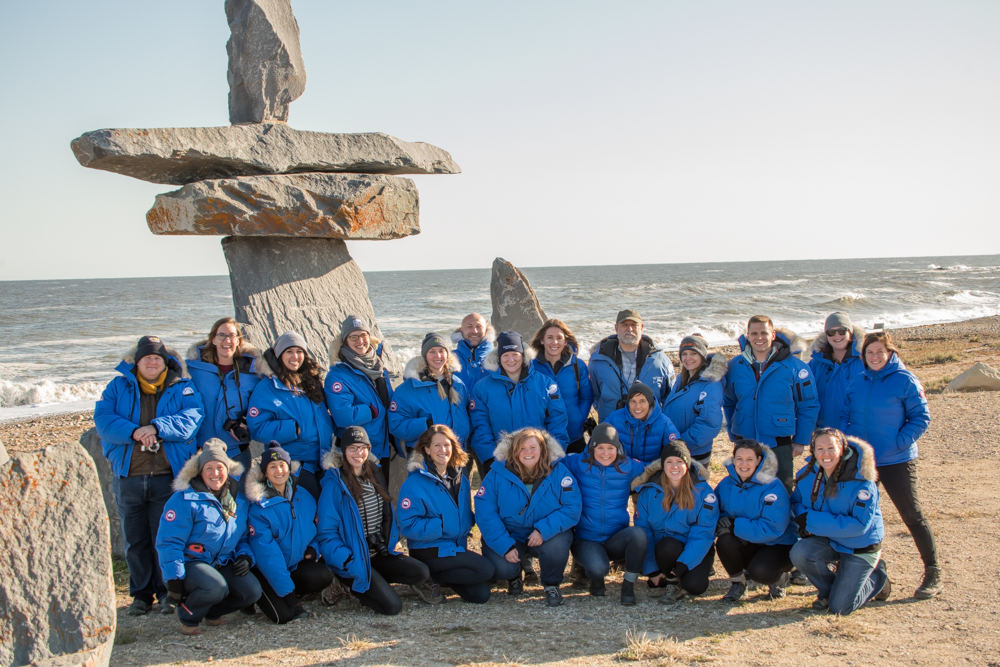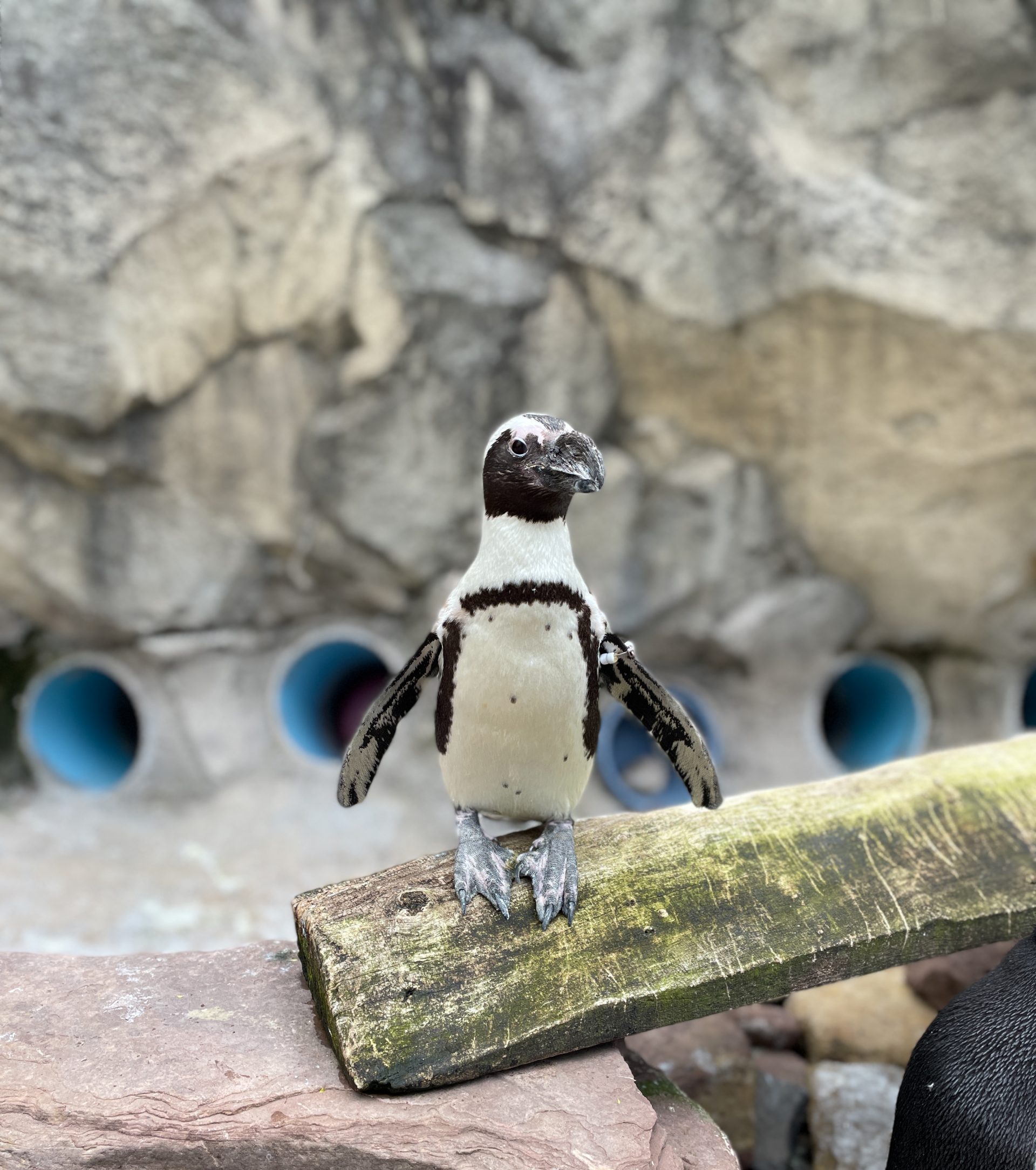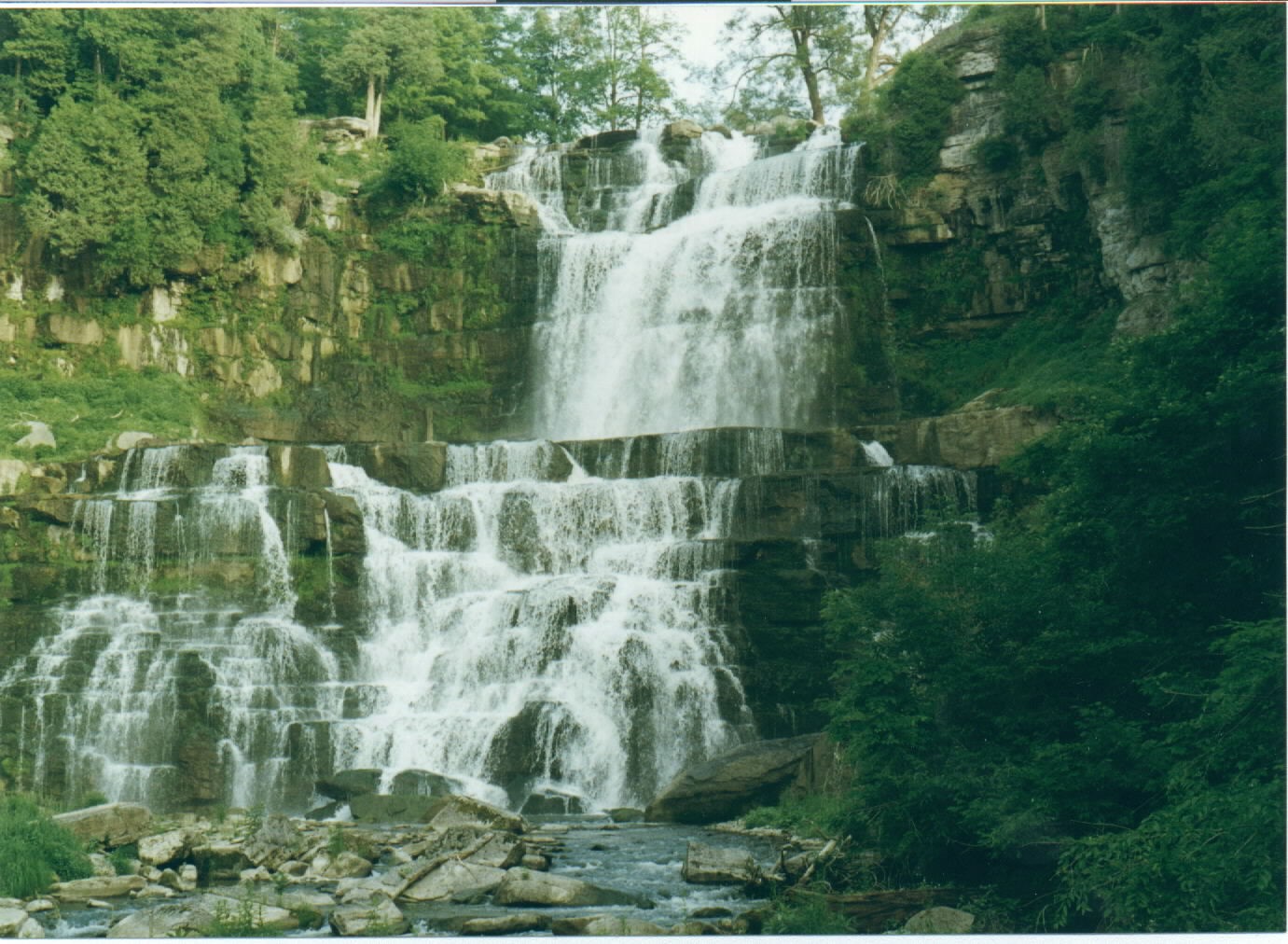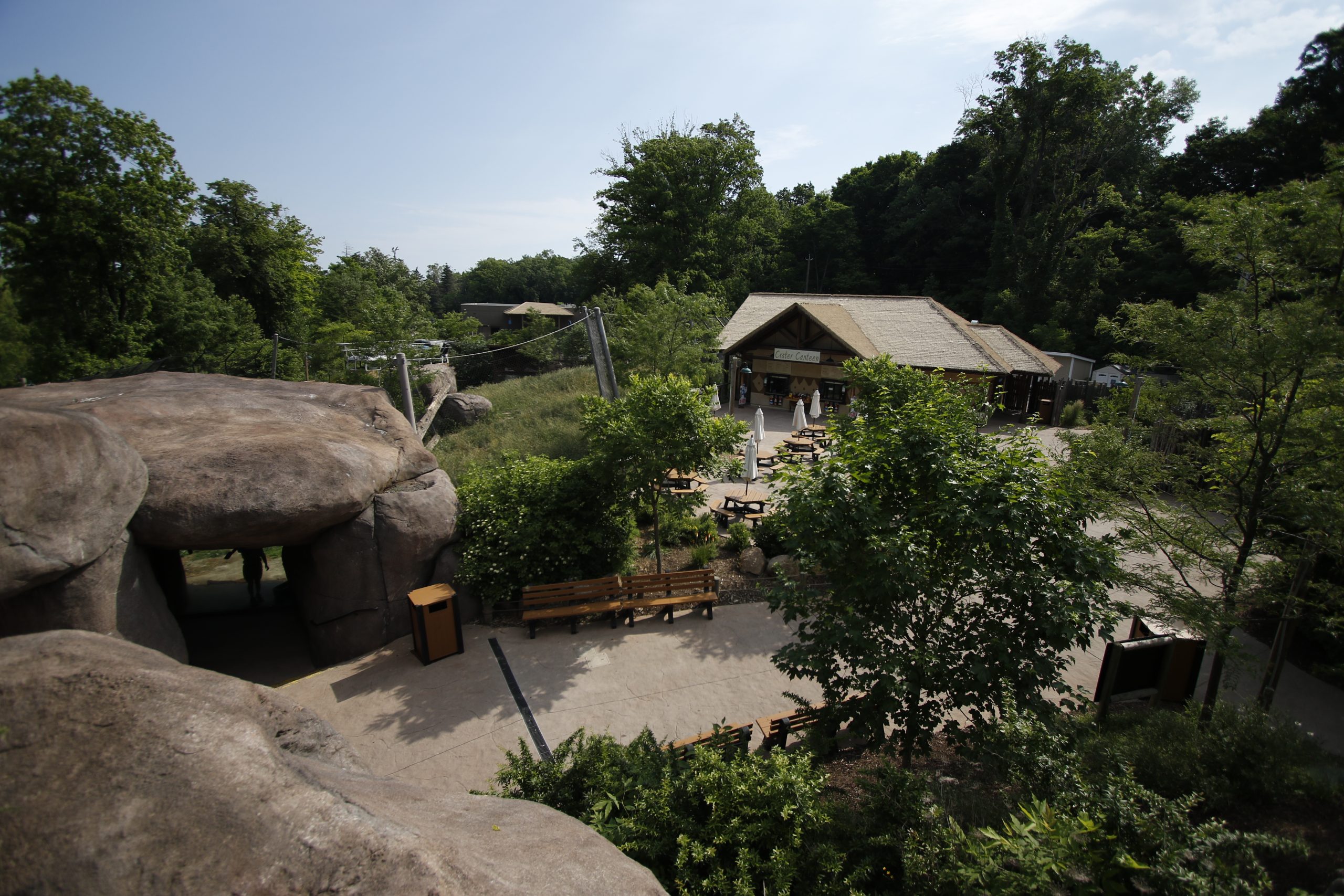April 26, 2021
In 2019, I had the opportunity to participate in the Climate Alliance Program hosted by Polar Bears International. Through the program, I learned about polar bear natural history and travelled to Churchill, Manitoba, the polar bear capital of the world. While seeing polar bears in their natural range was an amazing experience, I took something else away from this trip as well. I realized that my job as a zookeeper is not only to care for the animals here at Seneca Park Zoo, but it is also my job to teach our guests and inspire them to take action to protect these amazing animals and their habitat.For this program, PBI had teamed up with the National Network for Ocean and Climate Change Interpretation. So not only was I learning about polar bears, I was now learning evidence-based communication methods about climate change. I knew that a major loss of sea ice was the biggest threat polar bears are facing, but didn’t know how to confidently talk about climate change. Climate change can be a topic that scares people, they think it’s too political, or that discussions will always turn into arguments; this was my train of thought.
Through NNOCCI, I learned about the science of climate change and how to explain it in an easy way for everyone to understand using metaphors and explanatory chains that are relatable. The ocean circulates moisture and heat throughout the planet, similar to how the heart circulates blood through our bodies. This maintains temperatures throughout the world and helps keep the climate stable; but the burning of fossil fuels, like coal, oil and natural gas disrupts this stability when these emissions build up in the Earth’s atmosphere. This build up causes the oceans and Earth to heat up, so the ocean pumps too much heat and moisture to some parts of the planet, other parts receive too little. This is what causes droughts, flooding, and crazy weather patterns.If we think of the ocean as the heart of the climate, we realize that we need to take care of it just like we take care of our own bodies. The best way to start is to decrease our use of these fossil fuels. By making easy, common-sense decisions in our everyday lives, we can start to help the planet. Switching to solar and wind power will greatly reduce our carbon emissions. Making sure we are being as efficient as possible with our appliances and even making sure we have energy-efficient windows installed in our homes are easy steps we can start to take to make sure future generations can enjoy our beautiful planet.
Coming home from the program, I jumped right into my keeper chats using everything I had learned. I can now teach guests how we can be responsible with our resources to reduce our carbon emissions. I encourage everyone to talk about climate change with their friends and family, just having a conversation is a step forward in working together to help stop climate change.
– Randi Krieger, Zoo KeeperDonate












